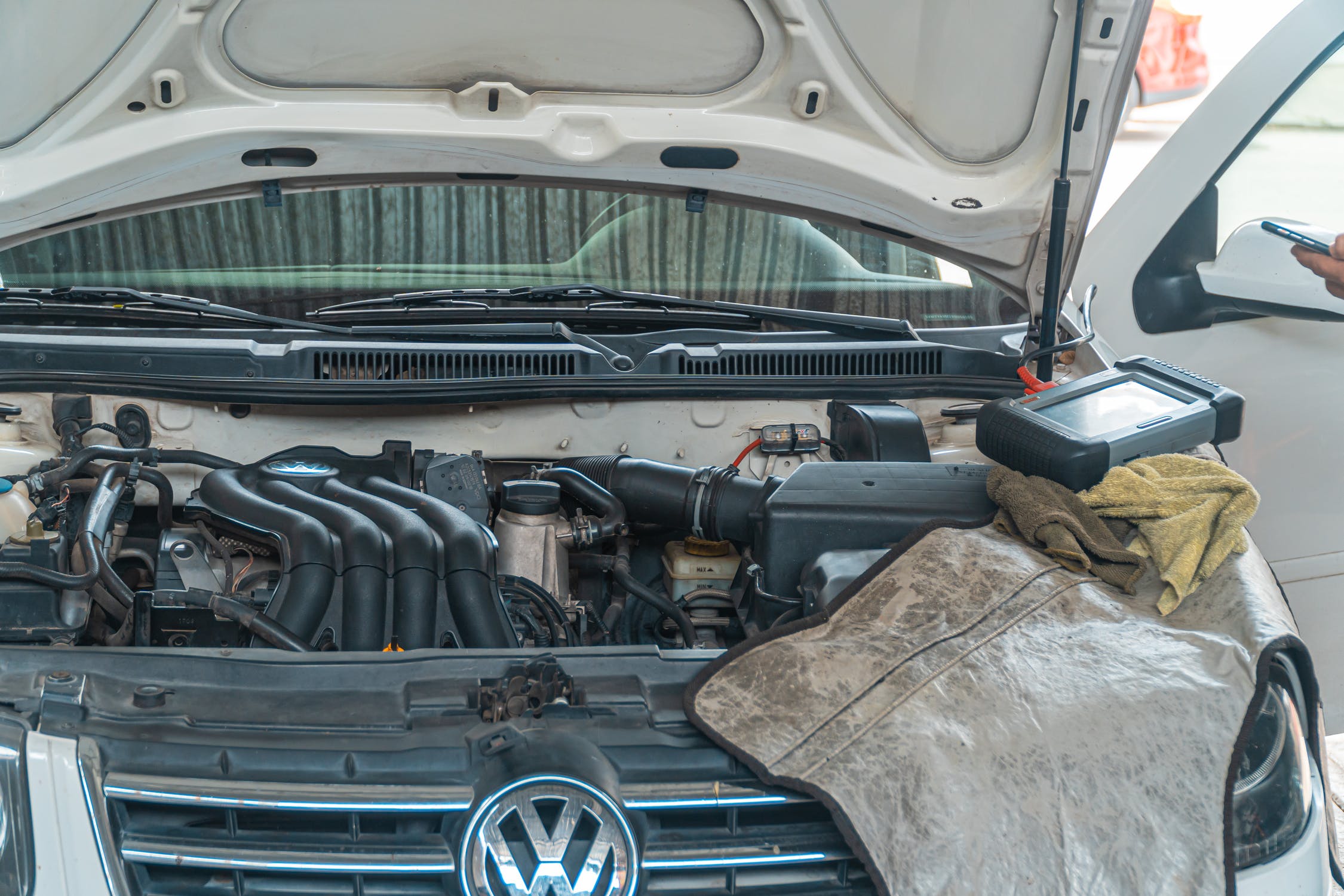The Difference Between an Intake Manifold Gasket and a Head Gasket
2nd Dec 2021

Have you been told that your vehicle has a blown gasket? Gaskets are commonly found in combustion engines. They act as seals to prevent fluids or gases from leaking. A blown gasket means that the respective seal has lost its ability to contain fluids or gases. There are different types of gaskets, however, including intake manifold and head gaskets.
What Is an Intake Manifold Gasket?
An intake manifold gasket is a mechanical seal that sits between the intake manifold and the cylinder head. Also known as an inlet manifold, the intake manifold is responsible for feeding air -- and in some cases, fuel or coolant -- to the cylinder head. There's a flat seal between the intake manifold and cylinder head, which is the intake manifold gasket. It ensures that air and fuel is contained within the two aforementioned parts.
What Is a Head Gasket?
A head gasket is a mechanical seal that sits between the cylinder head the engine block. Automotive engines don't consist of a single piece. They are made of two primary pieces, including an engine block at the bottom and a cylinder head at the top. The head gasket is a mechanical seal that sits between your vehicle's cylinder head and its engine block.
Differences Between an Intake Manifold Gasket and a Head Gasket
While they are both mechanical seals that are used in combustion engines, intake manifold gaskets and head gaskets aren't the same. They are found in different areas. As previously mentioned, intake manifold gaskets are found between the intake manifold and the cylinder head, whereas head gaskets are found between the cylinder head and the engine block.
When they blow, intake manifold gaskets and head gaskets will typically leak different substances. A blown intake manifold gasket may cause air or fuel to leak. A blown head gasket, on the other hand, will typically cause combustion gases, coolant or oil to leak.
Head gaskets are usually thicker and made of heavier-duty materials than intake manifold gaskets. When burning gas and air, your vehicle's engine will produce hot combustion gases. The hot, pressurized combustion gases will exit the engine through the exhaust system in normal operating conditions. With a blown head gasket, though, they may penetrate through the unsealed mating surface between the cylinder head and engine block.
Whether it's a blown intake manifold gasket or a blown head gasket, you should get it replaced as soon as possible. Gaskets themselves are relatively inexpensive. The biggest cost associated with replacing a blown gasket is the labor. With the right tools, however, you can replace a blown intake manifold or head gasket yourself.

